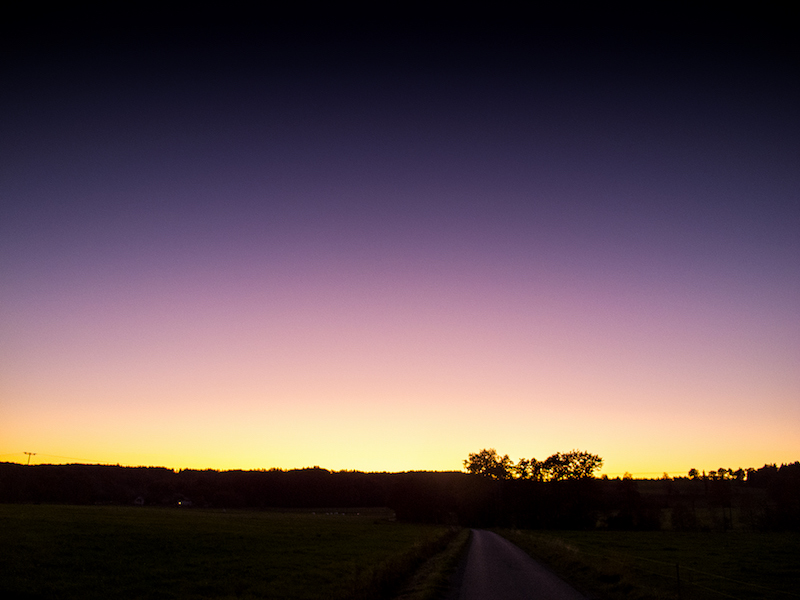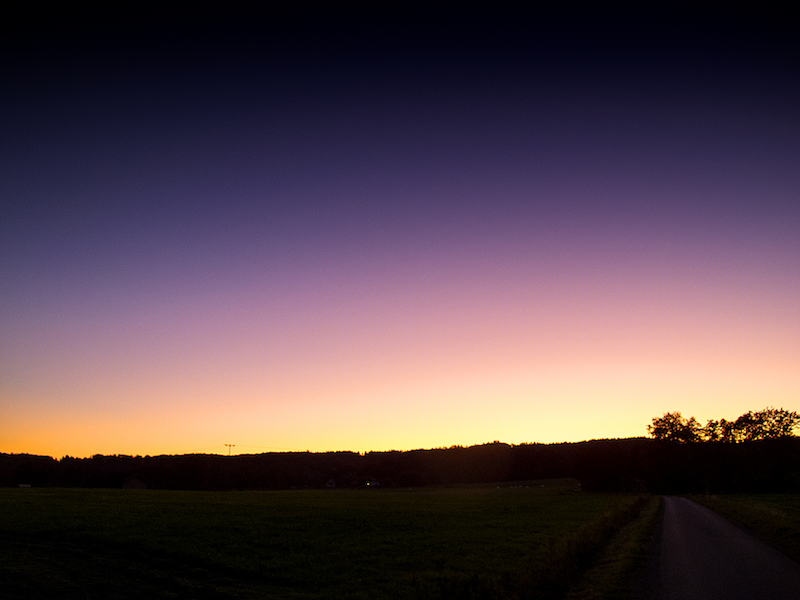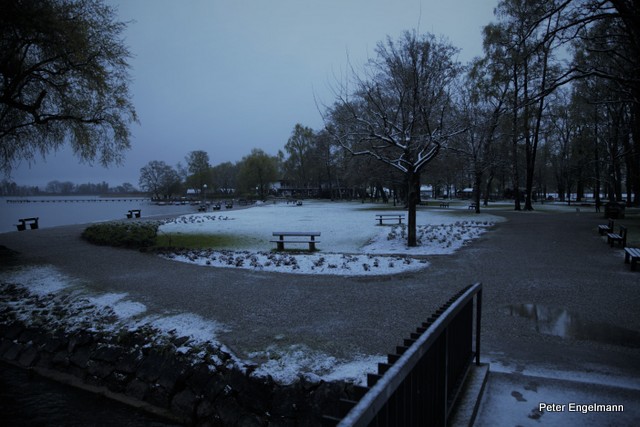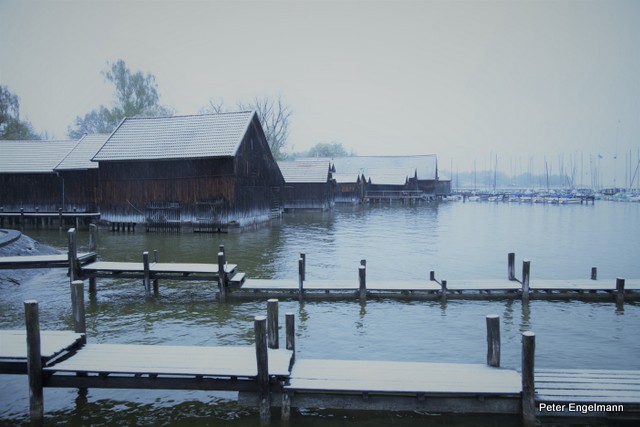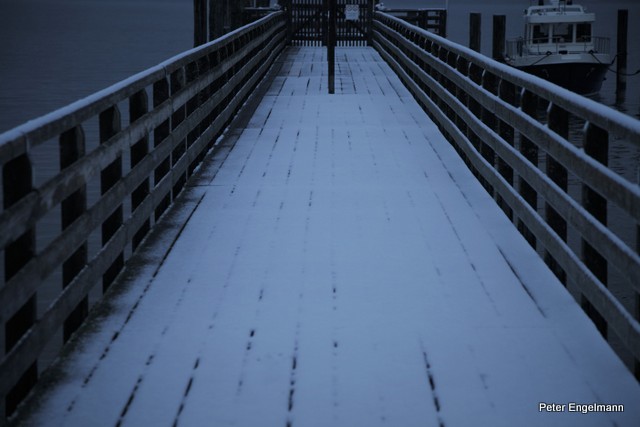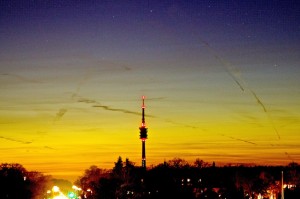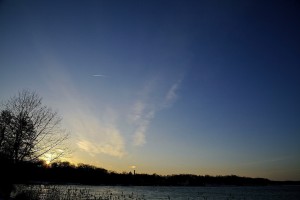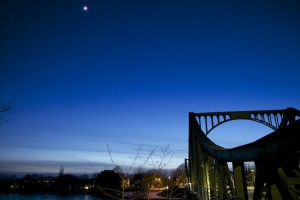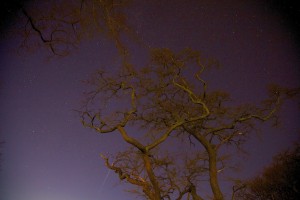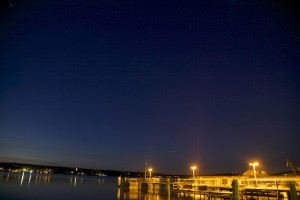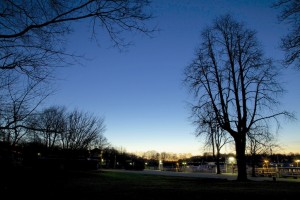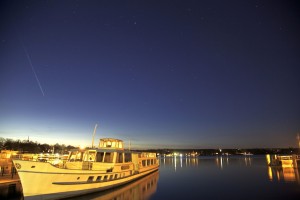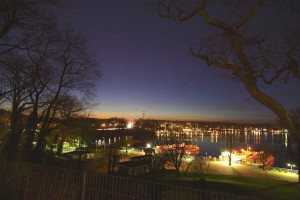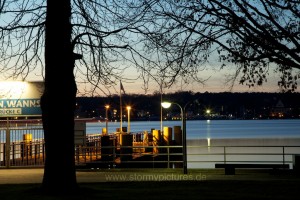PURPLE LIGHT
Approximately 15 minutes after sunset there is sometimes a phenomenon called “Purpur Licht” in German (Purple Light). This is not the same as the “afterglow” where clouds are illuminated by the sun in a red light. Purple light is a physical phenomenon and created by dust particles high up in the atmosphere, for example, Sahara dust.
It needs two different kinds of reflections in the atmosphere to let us see the purple light. The observer sees a red light and a blue light. These two sources are getting mixed by our eyes and in our brain and we see a purple light.
October-November evenings are often a good time for purple light when the sky is clear. There are various conditions responsible for purple light. For example, pressure, wind, or what kind of dust particles are in the air are factors.
Sometimes it’s not exactly clear what the reason for this phenomenon is when the purple light is very intense but the eruption of a volcano or a bushfire could increase the number of particles in the atmosphere. The legendary paintings of romantic painter W. Turner with the memorable red sky are perhaps influenced by real intense purple light and afterglow due to volcanic activity.
Photography of purple light is easy. Mostly you need a place where you have no obstacle like high buildings or trees in the west. Always good to have the camera on a tripod since the eye is a bit tricked: the sky looks brighter as it is. I was going for a jog when I saw too late that this could be a very interesting sunset, thus my equipment wasn’t appropriate for the situation. Sometimes you could rest your camera on a stone or on the edge of a wall but here I was in the middle of some fields. I didn’t want to have a high ISO thus the result has its limits but demonstrates what purple light is. If you use photoshop or another post-pro software careful use of saturation could underline the purple light effect.
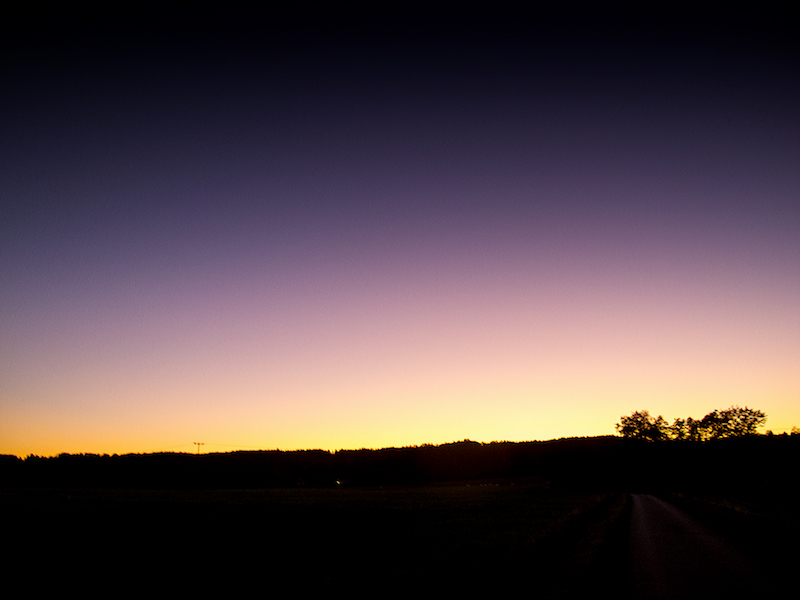 For a better effect, it is also worth to check an astronomical calendar and look out for an evening with a clear sky when Venus or Jupiter is visible in the west or even better a planet and the crescent moon having a rendezvous in the sky.
For a better effect, it is also worth to check an astronomical calendar and look out for an evening with a clear sky when Venus or Jupiter is visible in the west or even better a planet and the crescent moon having a rendezvous in the sky.
Sometimes also clouds in the stratosphere could create an intense “red sky phenomenon”. This time however it wasn’t stratospheric clouds or volcanic ash it was simply a few warm days with a clear sky during the Indian summer in October.
